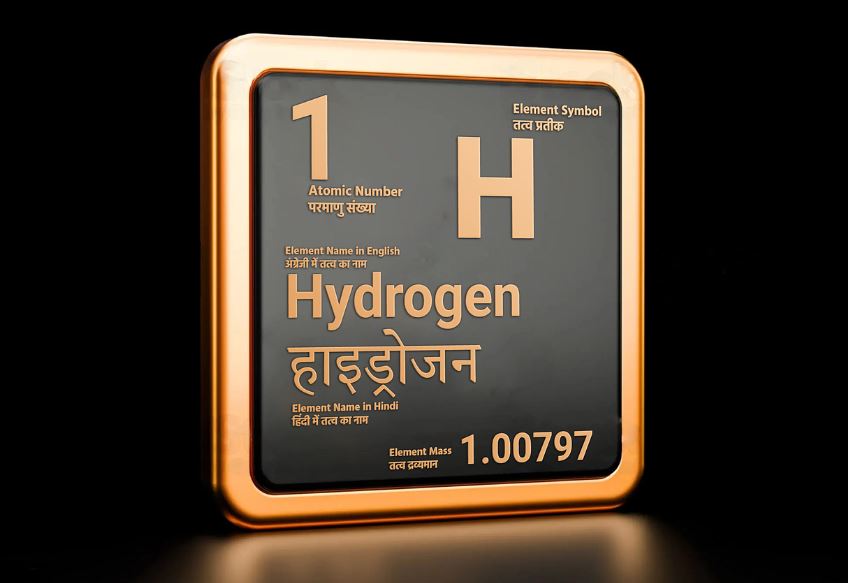KU Leuven researchers have pioneered a revolutionary hydrogen technology that could reshape the future of renewable fuel production.
The innovative breakthrough, now materialized in the form of a KU Leuven spin-off named Solhyd, aims to demonstrate the potential of its “golden hydrogen” technology through market-oriented pilot projects.
Hydrogen is increasingly recognized as a crucial component in achieving a CO2-neutral society, particularly when produced from green electricity, known as “green hydrogen.” However, the current challenge lies in the scarcity and cost of green electricity, leading to predominant hydrogen production from natural gas, often termed “gray hydrogen.”
Solhyd’s founders, Jan Rongé and Tom Bosserez, alongside guidance from Professor Johan Martens of the Center for Surface Chemistry and Catalysis, introduce an alternative solution – “golden hydrogen.” This innovative hydrogen is produced directly from light and air, presenting a transformative approach to renewable fuel generation.
The hydrogen panel, comparable in size to a solar panel, initiates hydrogen production outdoors as soon as it is exposed to sunlight. Rongé emphasizes the vast potential of this technology, envisioning its application by small and medium-sized enterprises (SMEs) in freight transport and foreseeing its role in transforming heavy industries like steel and chemicals to enhance sustainability.
Solhyd, with ambitions to contribute significantly to the renewable energy landscape, has attracted a consortium of investors committing up to €6 million over the next few years. The initial seed capital of €2 million, provided by Flemish investors and the Gemma Frisius seed capital fund, establishes a strong foundation for the spin-off’s future projects.
Professor Johan Martens expresses pride in the valorization of pioneering research through Solhyd, emphasizing the potential of hydrogen as a catalyst for a CO2-neutral society. The hydrogen production system is not only CO2-neutral but also water-neutral, as it extracts water vapor from the air, generates energy, and returns water vapor to the environment.
Solhyd’s roadmap involves collaboration with forward-thinking companies to showcase the technology’s potential in pilot projects. The goal is to explore cost-effective applications beyond the hydrogen panel, addressing the urgent need to transition away from oil and gas.
As Solhyd takes its place on the global stage, the ambitions are significant, with the vision of hydrogen demand matching today’s natural gas demand by 2050. The company’s commitment to innovation and sustainability aligns with the pressing challenge of reducing dependence on fossil fuels, making Solhyd a key player in the race toward a cleaner, greener future.
